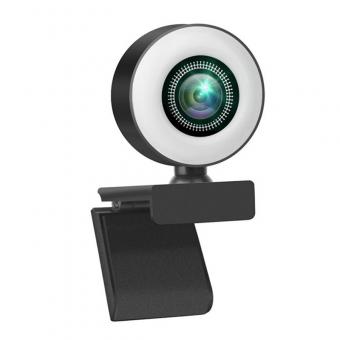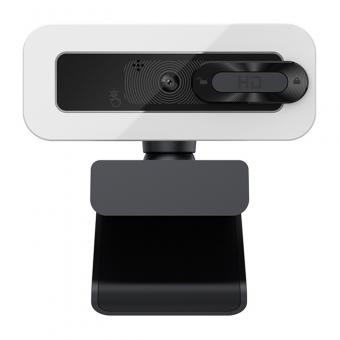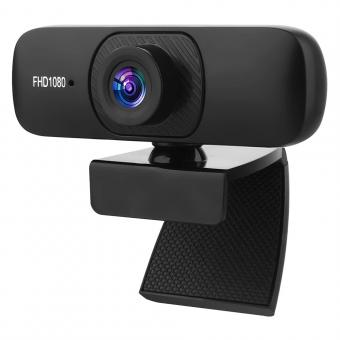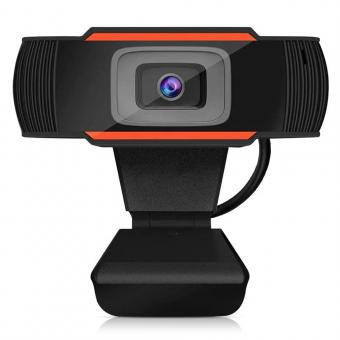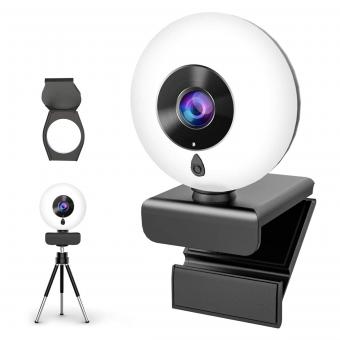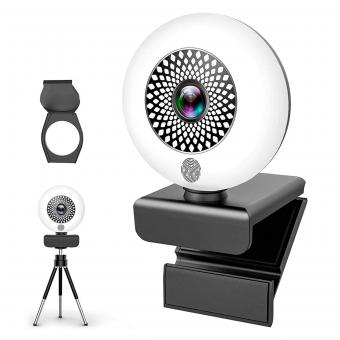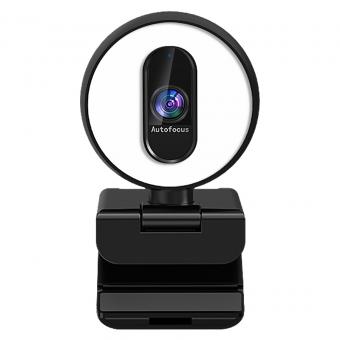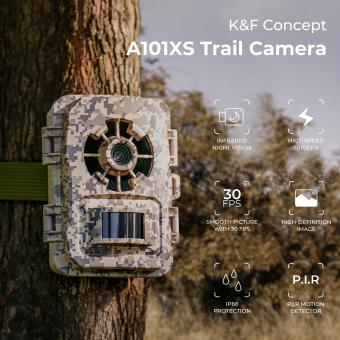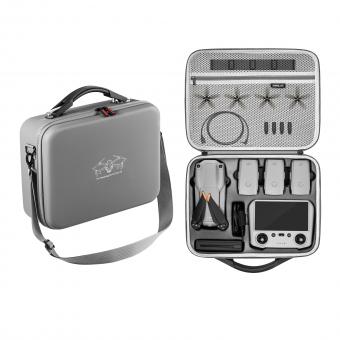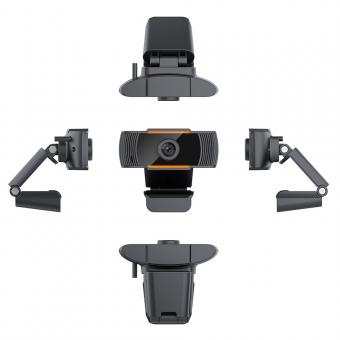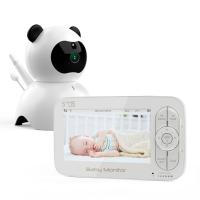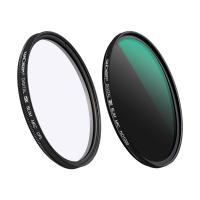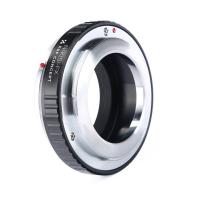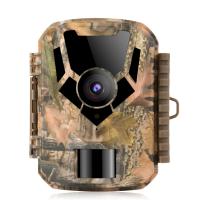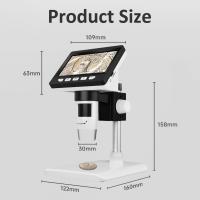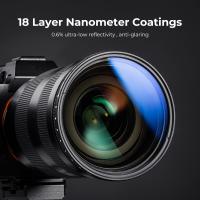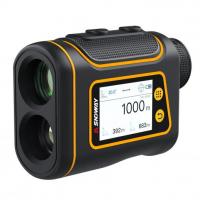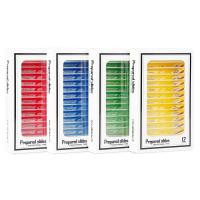How To Test Webcam Windows 7?
Testing a webcam on Windows 7 can be a straightforward process if you follow the right steps. Whether you are preparing for a video conference, recording a video, or simply ensuring that your webcam is functioning correctly, this guide will walk you through the necessary steps to test your webcam on a Windows 7 system.
Step-by-Step Guide to Testing Your Webcam on Windows 7
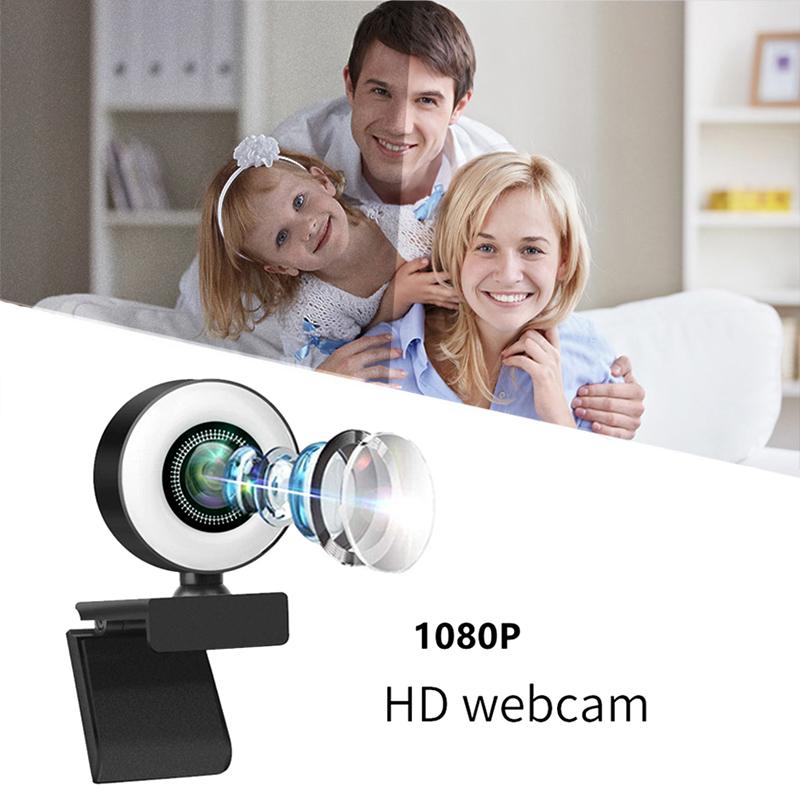
1. Check Webcam Connection
Before diving into software solutions, ensure that your webcam is properly connected to your computer. If you are using an external webcam, make sure it is securely plugged into a USB port. For built-in webcams, ensure that your laptop's hardware is functioning correctly.
2. Install Webcam Drivers
Webcam drivers are essential for the proper functioning of your device. If your webcam is not working, it might be due to missing or outdated drivers. Here’s how to check and update your drivers:
- Open Device Manager: Click on the Start menu, type "Device Manager" in the search box, and press Enter.
- Locate Your Webcam: In the Device Manager window, look for "Imaging Devices" and expand the list. Your webcam should be listed there.
- Update Drivers: Right-click on your webcam and select "Update Driver Software." Follow the on-screen instructions to search for and install the latest drivers.
3. Use the Windows Camera App
Windows 7 does not come with a built-in camera app like Windows 10, but you can use third-party software or the pre-installed applications that came with your webcam. Here’s how to use some common options:
- Third-Party Software: Many webcams come with their own software. Install the software from the CD that came with your webcam or download it from the manufacturer’s website.
- Skype: If you have Skype installed, you can use it to test your webcam. Open Skype, go to Tools > Options > Video Settings. You should see a live feed from your webcam if it is working correctly.
4. Online Webcam Test Tools
There are several online tools available that can help you test your webcam. These tools are easy to use and do not require any installation. Here’s how to use them:
- Visit a Webcam Test Website: Open your web browser and go to a webcam test website such as webcamtests.com or testmycam.net.
- Allow Access: The website will ask for permission to access your webcam. Click "Allow" to proceed.
- Check the Feed: If your webcam is working, you should see a live feed on the screen. These tools often provide additional information about your webcam, such as resolution and frame rate.
5. Troubleshooting Common Issues
If your webcam is not working, here are some common issues and their solutions:
- Webcam Not Detected: Ensure that your webcam is properly connected and that the drivers are installed. Try plugging the webcam into a different USB port.
- Black Screen: This could be due to a software conflict. Close any other applications that might be using the webcam and try again.
- Poor Image Quality: Adjust the lighting in your room and clean the webcam lens. You can also check the settings in the webcam software to adjust the resolution and other parameters.
6. Using Built-in Diagnostics
Some laptops come with built-in diagnostic tools that can help you test your webcam. Here’s how to access them:
- Dell: For Dell laptops, you can use the Dell Webcam Central software. Open the software and follow the on-screen instructions to test your webcam.
- HP: HP laptops often come with HP MediaSmart Webcam software. Open the software and use the test feature to check your webcam.
7. Testing with Other Applications
You can also test your webcam with other applications that use video input. Here are a few examples:
- Zoom: Open Zoom, go to Settings > Video. You should see a live feed from your webcam.
- Google Meet: Open Google Meet in your web browser, start a new meeting, and check if your webcam feed is visible.
Testing your webcam on Windows 7 involves a few straightforward steps, from checking the connection and updating drivers to using third-party software and online tools. By following this guide, you can ensure that your webcam is functioning correctly and be prepared for any video calls or recordings you need to make. If you encounter any issues, the troubleshooting tips provided should help you resolve them quickly.
Remember, keeping your drivers up to date and ensuring that your webcam is clean and properly connected are key to maintaining good webcam performance. Whether you are using your webcam for professional meetings, online classes, or personal use, these steps will help you get the most out of your device.

